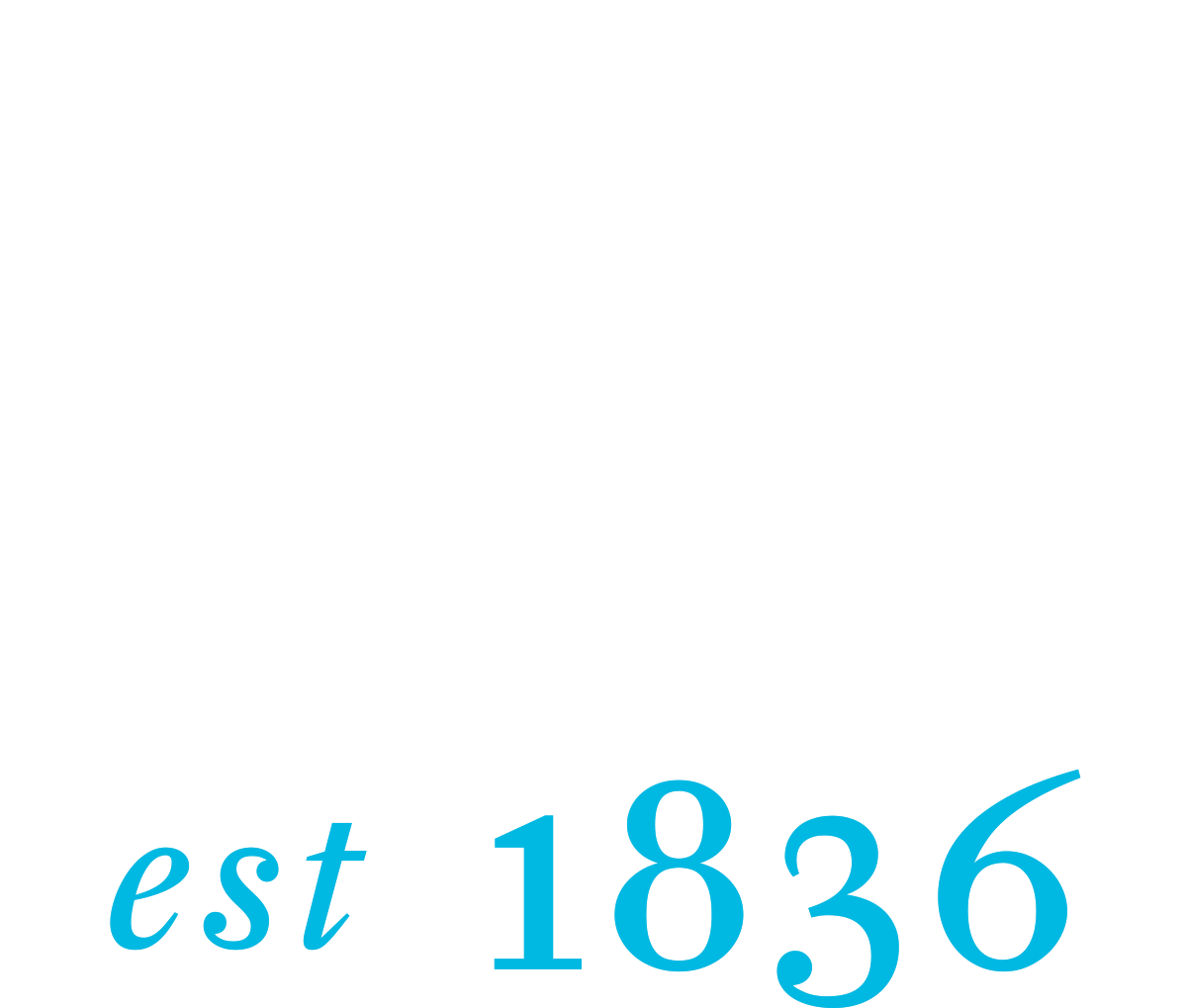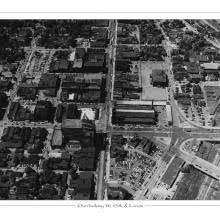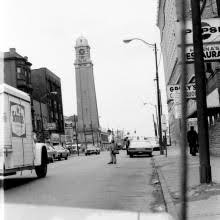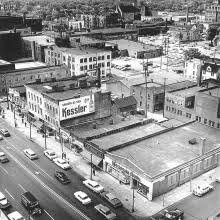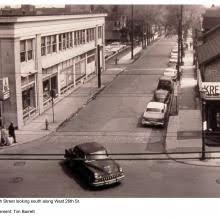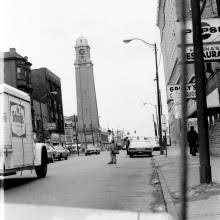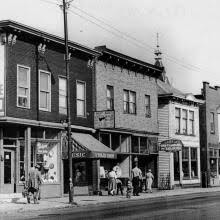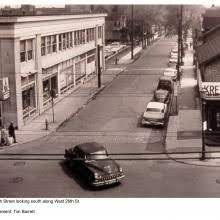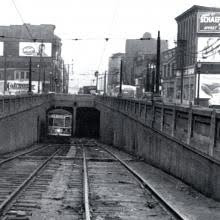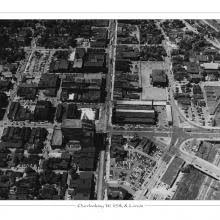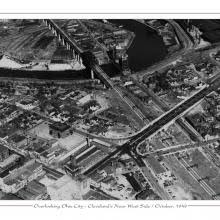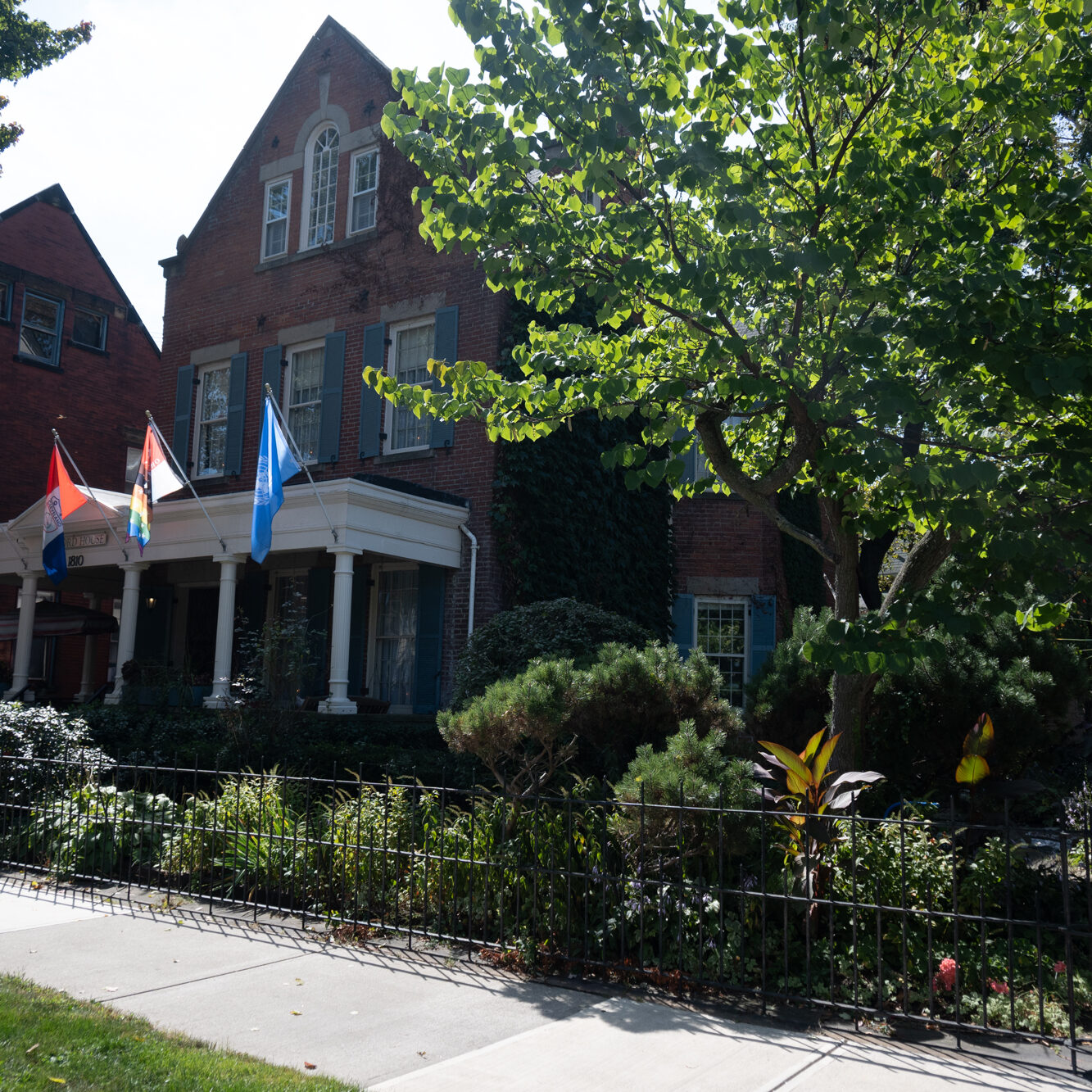
The History of
OHIO CITY
Ohio City—or the “City of Ohio” as it was known at its 1818 founding—was originally a part of Brooklyn Township. On March 3, 1836, just two days before Cleveland’s incorporation, the City of Ohio became an independent municipality. It remained so until June 5, 1854, when it was annexed to the city of Cleveland.
Despite Cleveland’s much larger population—6,000, compared to Ohio City’s 2,000—the two cities were fierce economic competitors. In particular, shipbuilding and tonnage from canal boats were two arenas of rivalry. The 1836 “Battle of the Bridge” illustrates this rivalry most infamously: Violence erupted when Ohio City residents sought to prevent the use of Cleveland’s new Columbus Street Bridge, which siphoned off commercial traffic to Cleveland before it could reach Ohio City’s mercantile district.
Known as the “Near West Side” upon annexation to Cleveland, Ohio City attracted migrants and immigrants through the late 19th and early 20th centuries from places like New England, Germany, Hungary, and Ireland. These came seeking employment at the docks, mills, foundries, distilleries and bottling works.
After the end of World War II, Ohio City experienced a period of great change. In response to growing social needs, social service agencies and individual activists played an increasingly prominent role in the neighborhood. In 1968, the Ohio City Redevelopment Association was chartered to stem the tide of blight and neglect in the historic neighborhood. The Association seized on and strengthened the momentum of a trend toward restoration that began earlier in the decade. Between 1963 and 1978, more than 100 structures were refurbished, restored or redeveloped, including St. Ignatius High School, the Carnegie Branch of the Cleveland Public Library, and the West Side Market, as well as numerous private residences. The cost of these projects was $30 million.
By this time, Ohio City was home to over 15 ethnic groups representing 25,000 people in a 4.5 square-mile area. Among the new immigrant and migrant groups were Hispanic-Americans, Asian-Americans, Native Americans and people from Appalachia.
The redevelopment effort owes much to the middle-income households who, attracted by its historic architecture and the diversity of the urban environment, “rediscovered” Ohio City in the late 1970s. Recent rehabilitation projects have focused on commercial development, including expanded storefront renovation, multi-million-dollar renovation of the West Side Market, and an RTA station built in 1992. New vitality and neighborhood interest have taken the shape of newly constructed condominiums and townhouses throughout the neighborhood, as well as a thriving retail and restaurant scene.

